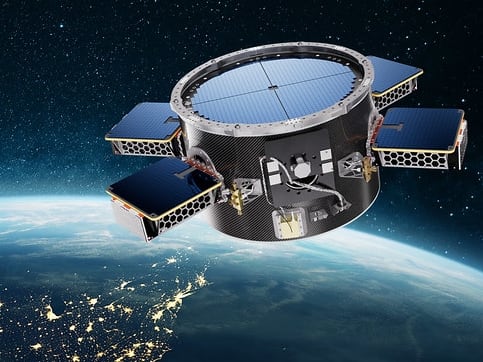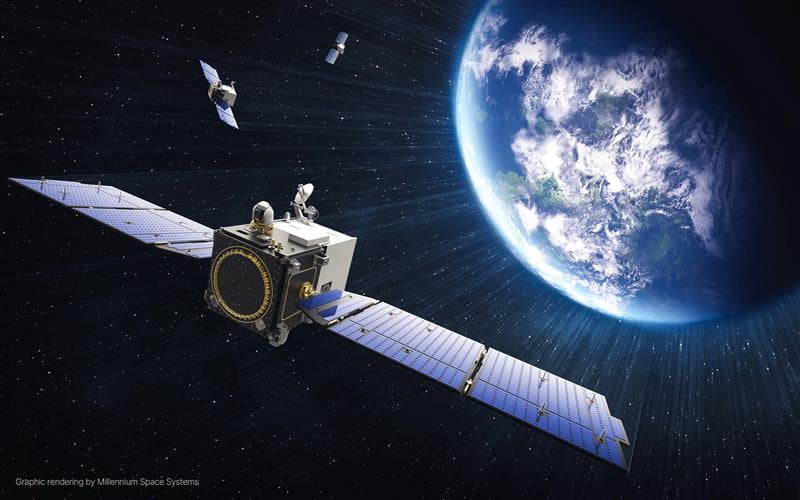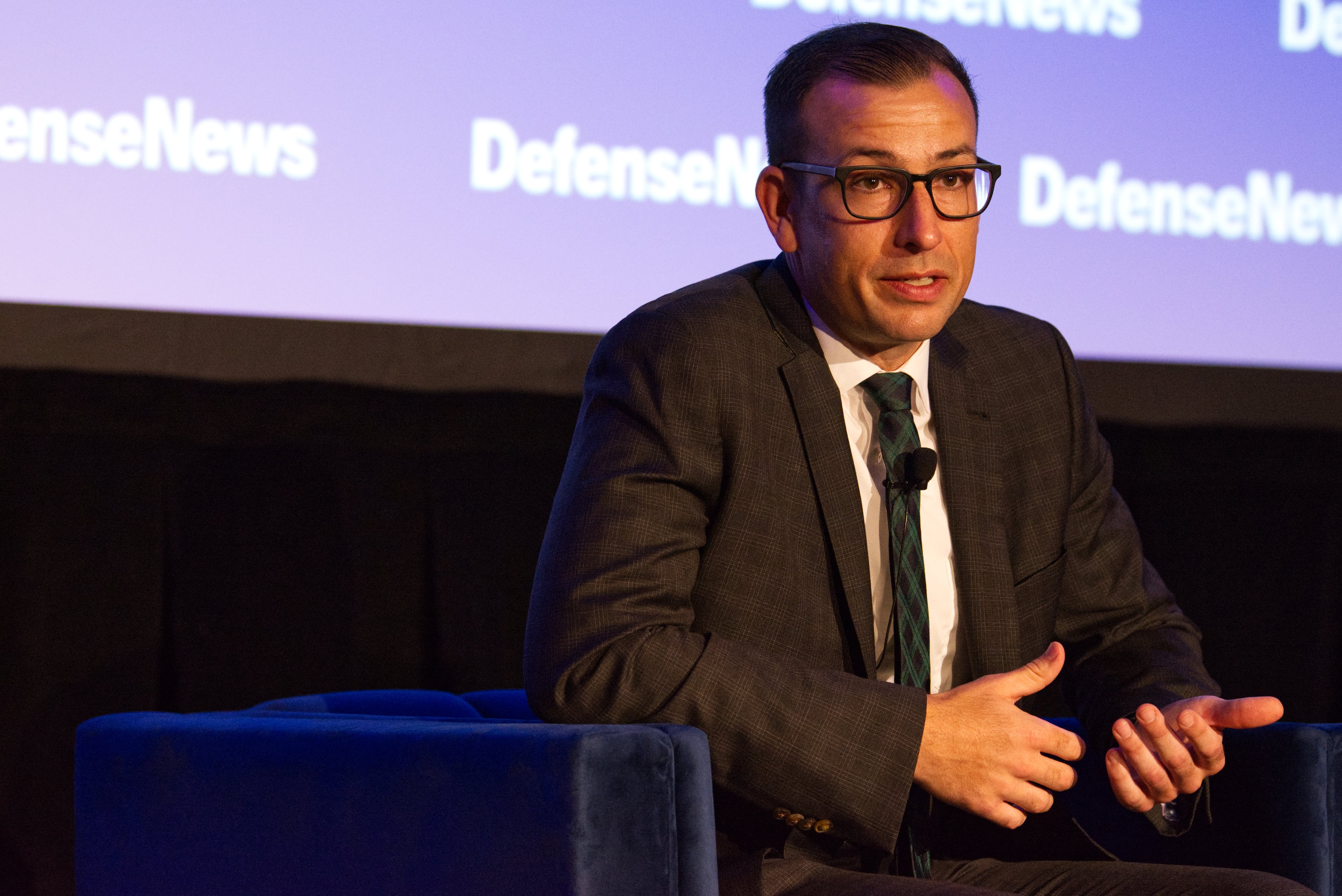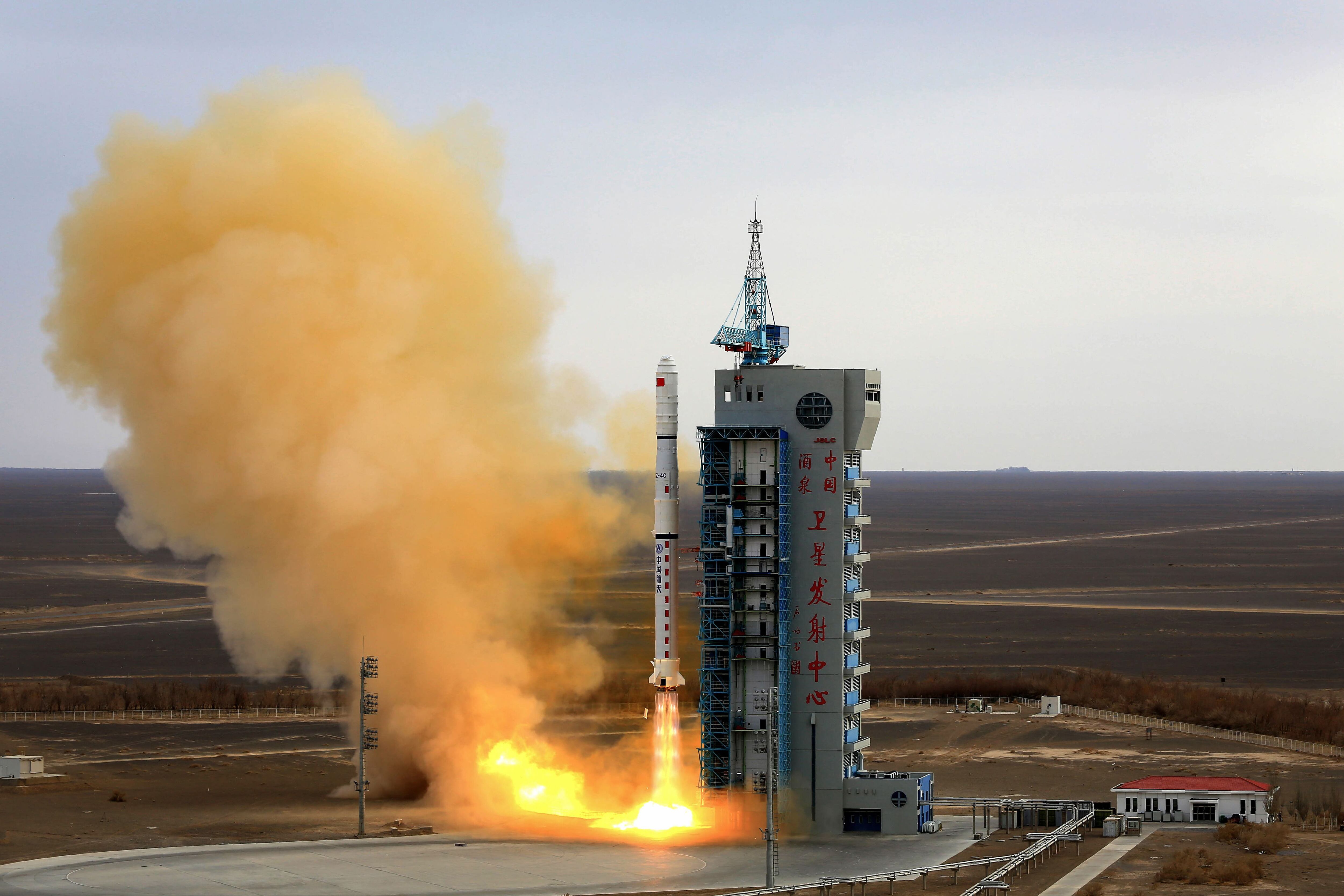Brig. Gen. William Hartman is slated to lead U.S. Cyber Command’s Cyber National Mission Force, according to a June 19 personnel announcement from the Pentagon.
The Cyber National Mission Force plans and conducts cyber operations aimed at disrupting adversaries. The group works against specific nation-state threats and aims to engage those enemies as a means of preventing cyber intrusions. It is often described as having Cyber Command’s best operators.
Hartman is currently the deputy commander of Joint Force Headquarters-Cyber Army, which plans, directs and oversees cyber teams and operations in the Middle East, North America and Africa.
Hartman takes over for Maj. Gen. Timothy Haugh, who assumed command of the Cyber National Mission Force in June 2018.
It was not immediately clear where Haugh, whose second star was approved by the Senate April 29, is headed next.
Hartman’s new job carries prestige in the national security cyber community. Gen. Paul Nakasone, who is now the commander of Cyber Command and director of the National Security Agency, and Vice Adm. Timothy White, who now leads 10th Fleet/Fleet Cyber Command, have held this position in the past.
The Cyber National Mission Force is considered one of the leading groups at Cyber Command in carrying out Nakasone’s philosophy of “persistent engagement.” This approach recognizes that cyber forces must be in constant contact in cyberspace with competitors day to day. A key pillar to that concept is what defense officials are calling “defending forward,” which involves operating outside U.S. networks to face threats as far away from the United States as possible.
During a media briefing at Fort Meade in May, Haugh said the Cyber National Mission Force’s wants to:
- Gain insight into adversaries to understand what they’re doing, what they care about and what they’re targeting. Forces can then share this with necessary partners;
- The Cyber National Mission Force is considered one of the leading groups at Cyber Command in carrying out Nakasone’s philosophy of “persistent engagement.” This approach recognizes that cyber forces must be in constant contact in cyberspace with competitors day to day. A key pillar to that concept is what defense officials are calling “defending forward,” which involves operating outside U.S. networks to face threats as far away from the United States as possible.
- Be prepared to act and “impose costs if the Department asks for those options."
Mark Pomerleau is a reporter for C4ISRNET, covering information warfare and cyberspace.








